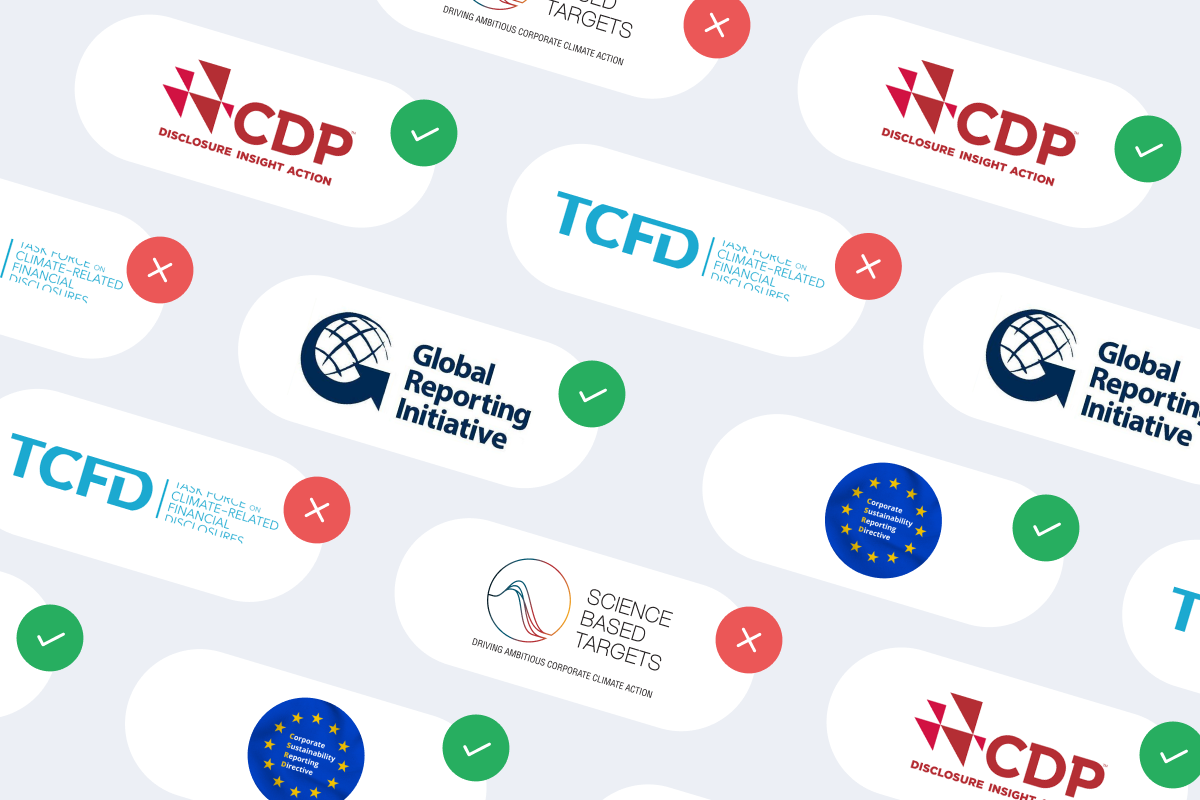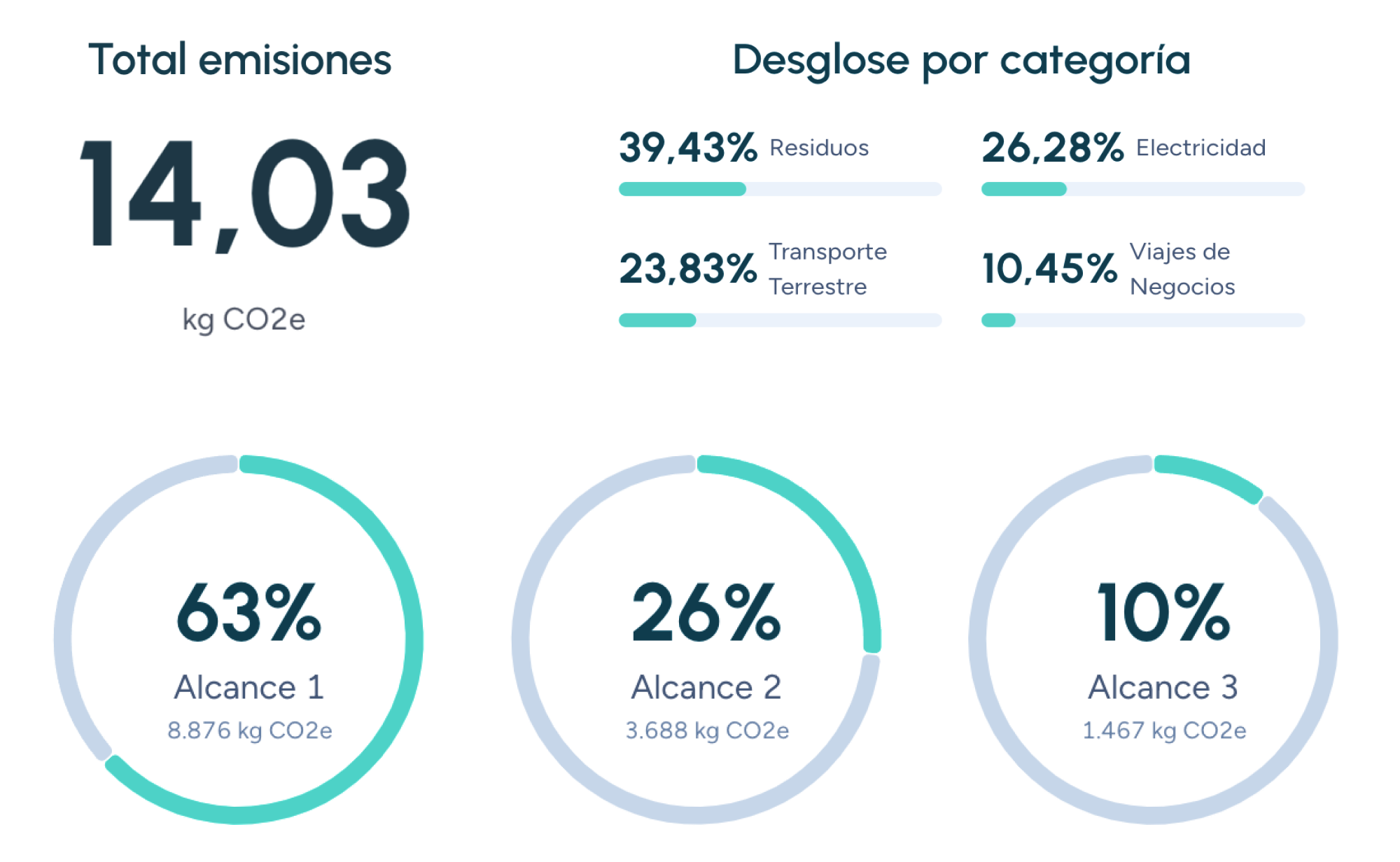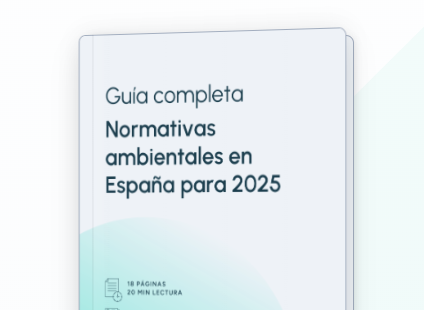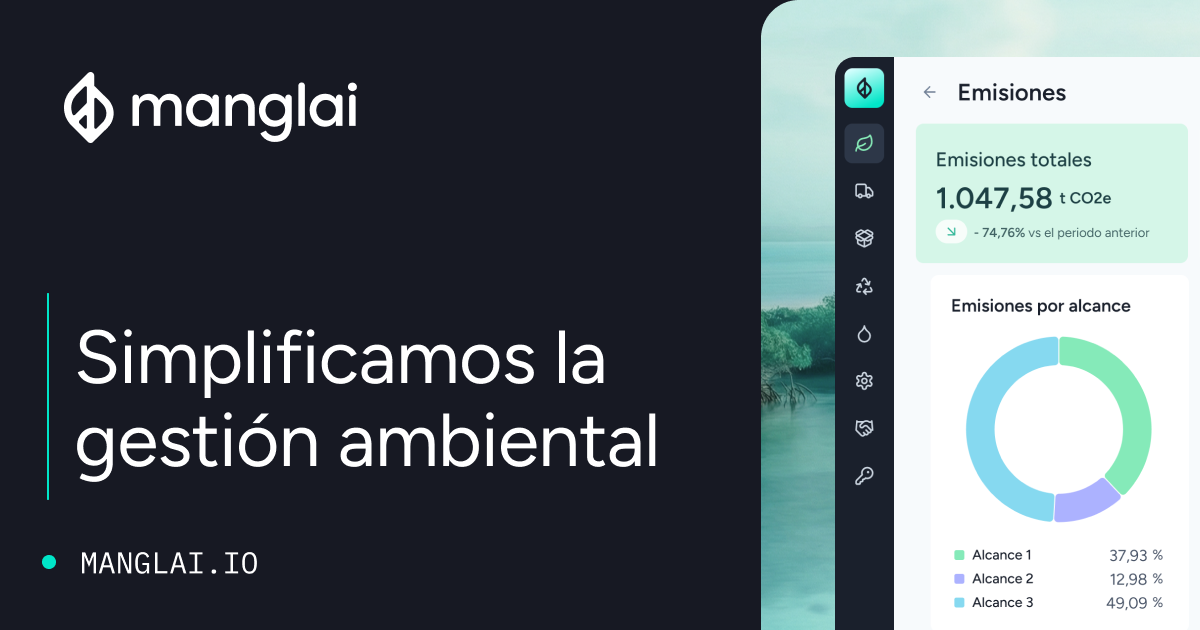Back to the blog
Corporate sustainability
Carbon sinks and corporate sustainability
Jaume Fontal
CPTO & Co-Founder
As the urgency to combat climate change intensifies, more businesses are setting net zero targets to reduce their carbon emissions. However, reducing emissions alone isn’t always enough to balance out a company’s carbon footprint. That’s where carbon sinks come into play.
Carbon sinks are natural or artificial systems that capture and store carbon dioxide (CO2) from the atmosphere. By leveraging carbon sinks strategically, companies can move closer to net zero while also fostering biodiversity and ecological restoration.
This article dives into how carbon sinks function, why they matter, and how businesses can integrate them into sustainability strategies.
What are carbon sinks?
A carbon sink is any reservoir—such as forests, oceans, or soil—that absorbs more carbon than it releases. Key natural carbon sinks include:
- Forests: trees absorb CO2 during photosynthesis, storing carbon in their trunks, branches, and roots.
- Oceans: the largest carbon sink on Earth, oceans dissolve CO2 and enable marine organisms to convert it into biomass.
- Wetlands: peatlands, mangroves, and marshes trap large amounts of carbon in their waterlogged soils.
Artificial or engineered carbon sinks also exist, like carbon capture and storage (CCS) technologies that physically remove CO2 from industrial emissions and store it underground.
Why carbon sinks matter for net zero
- Offsetting unavoidable emissions: even after optimizing operations, some emissions may remain. Investing in or creating carbon sinks helps balance these residual emissions.
- Biodiversity and habitat protection: by preserving or restoring ecosystems like forests, businesses also protect wildlife and support local communities.
- Regulatory incentives: governments may offer tax breaks or credits for companies that contribute to carbon sink projects, making them financially attractive.
- Reputation and brand value: demonstrating a commitment to carbon sink initiatives can boost corporate image, attracting eco-conscious consumers and investors.
How businesses can invest in carbon sinks
- Reforestation and afforestation projects: many organizations partner with environmental nonprofits to plant trees. This not only sequesters carbon but can also help restore degraded land.
- Soil management: in the agricultural sector, adopting regenerative farming or permaculture practices can improve soil health and increase carbon sequestration.
- Blue carbon initiatives: coastal and marine ecosystems like mangroves and seagrass meadows can capture carbon at higher rates than terrestrial forests. Companies can fund restoration projects in these areas.
- Carbon credits: purchasing carbon credits from certified projects allows companies to offset their emissions, although due diligence is needed to ensure the credibility of those projects.
Challenges in using carbon sinks
- Measurement and verification: accurately quantifying how much CO2 is stored can be complex, requiring scientific expertise and regular monitoring.
- Long-term viability: forest fires, deforestation, or changes in land use can release stored carbon back into the atmosphere, undermining offset efforts.
- Ethical concerns: some critics argue that relying on carbon offsets might reduce the urgency for companies to minimize their direct emissions.
Integrating carbon sinks with broader sustainability efforts
Carbon sinks should be part of a holistic sustainability strategy. Rather than using them as a standalone solution, businesses should:
- Prioritize emissions reductions: implement energy-efficient technologies and shift to renewable energy sources before turning to offsets.
- Set science-based targets: align net zero goals with recognized frameworks like the Science Based Targets initiative (SBTi).
- Engage stakeholders: collaborate with employees, customers, and local communities to create shared value and ensure the success of carbon sink projects.
Carbon sinks: A key to sustainability
Carbon sinks offer a powerful mechanism for balancing unavoidable emissions, allowing companies to move closer to their net zero goals. From forests to ocean ecosystems, these natural and engineered reservoirs can absorb significant amounts of CO2, contributing to a healthier planet and a stronger corporate reputation.
By responsibly investing in carbon sinks and integrating them into a comprehensive sustainability roadmap, businesses can not only enhance their carbon-neutral credentials but also contribute to preserving the planet for future generations.
Jaume Fontal
CPTO & Co-Founder
About the author
Jaume Fontal is a technology professional who currently serves as CPTO (Chief Product and Technology Officer) at Manglai, a company he co-founded in 2023. Before embarking on this project, he gained experience as Director of Technology and Product at Colvin and worked for over a decade at Softonic. At Manglai, he develops artificial intelligence-based solutions to help companies measure and reduce their carbon footprint.
Content
Companies that trust us

Implementing the GLEC Framework in Logistics: Emissions Calculation and Fleet Optimization
Discover how to apply the GLEC Framework to measure logistics emissions, comply with ISO 14083, and optimize fleets.
10 November, 2025
How to Communicate your Decarbonization Strategy and Avoid Greenwashing
Learn how to communicate your decarbonization strategy with transparency and verified data. Avoid greenwashing and build customer trust.
15 October, 2025
Transition Risk: What it means for Corporate Strategy
Learn how businesses can navigate transition risks related to climate policies and economic shifts.
14 May, 2025
Guiding businesses towards net-zero emissions through AI-driven solutions.
© 2026 Manglai. All rights reserved
Política de Privacidad


